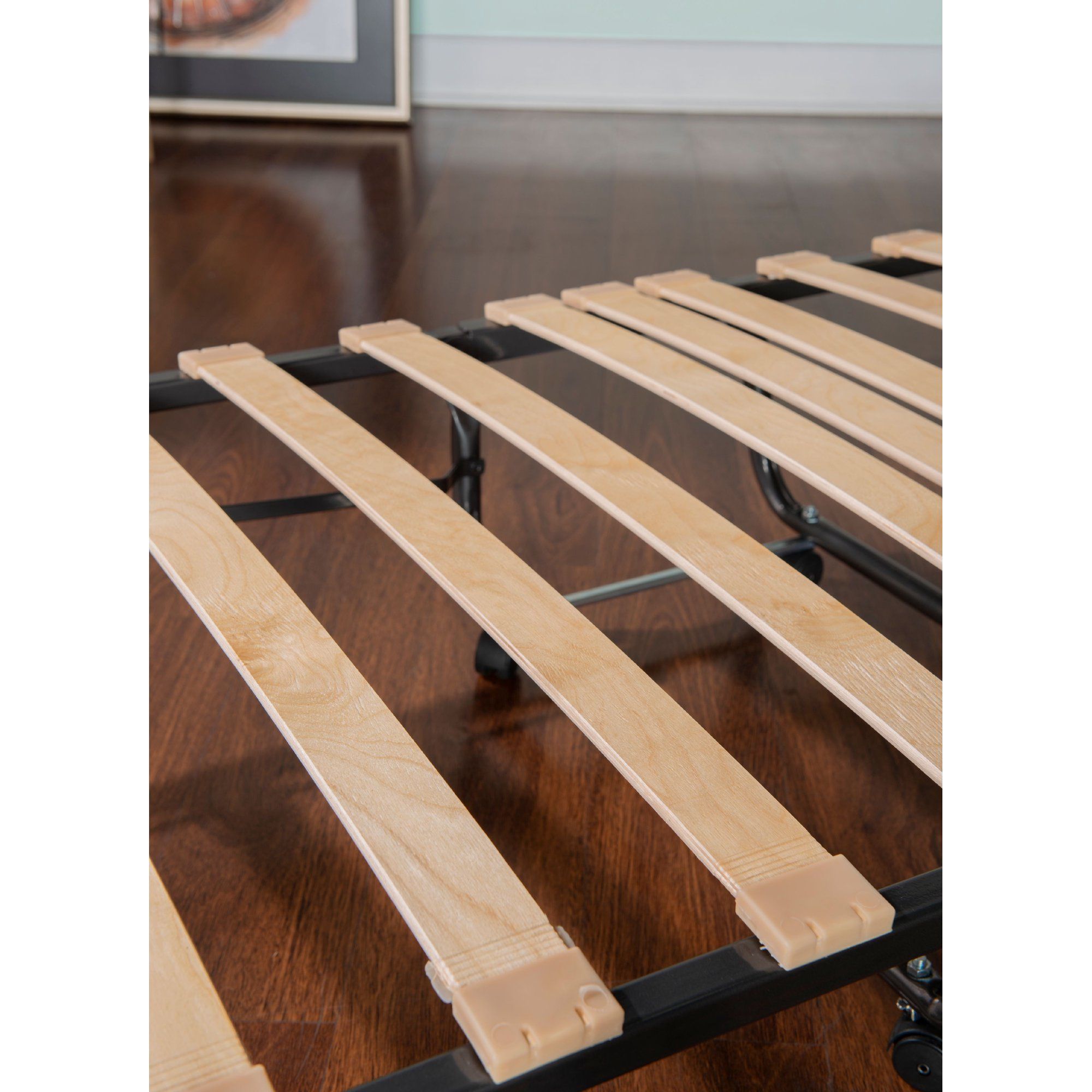When it comes to choosing a bed foundation, one question often arises: can you put a memory foam mattress on slats? This query is more than just a matter of preference; it encompasses various considerations regarding support, durability, and overall sleep quality. Memory foam mattresses have surged in popularity due to their unique ability to conform to the body, providing support and comfort. Yet, the choice of a bed frame or foundation plays a crucial role in optimizing the performance and longevity of these mattresses.
The straightforward answer is yes; a memory foam mattress can be placed on slatted bases. However, there are some nuances to consider. The spacing of the slats, the type of wood used, and the overall construction of the slatted bed frame can all significantly affect the mattress’s performance and lifespan. Let’s delve deeper into what factors you should consider when using slats for your memory foam mattress.
1. Understanding Support Systems
Memory foam mattresses require a solid level of support to function effectively. Unlike traditional innerspring mattresses that rely on coils for suspension, memory foam needs a stable, leveled surface to maintain its structural integrity. Slat systems can provide an excellent support structure, as long as they conform to recommended guidelines. Typically, slats should be no more than three inches apart. This spacing is critical because wider gaps may cause the mattress to sag or become misaligned, leading to uncomfortable sleep and potential spinal issues.
2. Quality of Material
The type of wood used for the slats is also essential. Solid woods such as maple, oak, or birch offer sturdiness and are generally recommended for memory foam. On the contrary, softer woods like pine may bend or break over time, particularly under considerable weight, which can jeopardize the mattress’s performance. Metal slats have made their entrance into the market as well; these can offer great strength but need to be accompanied by a good anti-slip feature to ensure the mattress doesn’t slide off.
3. Mattress Thickness
Another critical factor involves the thickness of the memory foam mattress. Thicker mattresses typically provide better support and can absorb the surface irregularities better than their thinner counterparts. A 10-inch mattress is considered a standard thickness for memory foam, whereas 12 inches or thicker offers additional comfort and contouring. Ensure that your slatted bed frame can accommodate the mattress thickness for optimal performance.
4. Weight Distribution
Memory foam is known for its exceptional weight distribution capabilities. When placed on slats, the mattress should be able to do its job efficiently, distributing weight evenly across the slats without sagging. However, users must be conscious of how weight is distributed within the mattress. For instance, if the mattress frequently accommodates more weight in a specific area, such as when multiple people sleep on it or if heavy items are placed on one side, localized pressure can cause the material to wear unevenly. Therefore, rotating the mattress regularly can mitigate this issue.
5. Enhancing Comfort
While a memory foam mattress can work on slats, some individuals may choose to add a mattress pad or topper specifically designed to enhance comfort. These can provide additional cushioning and support, especially if the slats are slightly too far apart or if the wooden slats are too firm for personal preferences. Latex or down alternatives can amplify the overall sleeping experience, promoting more restful slumber.
6. Motion Isolation
Memory foam is renowned for its motion isolation properties, making it an optimal choice for couples. When placed on slats, these isolation capabilities can still be preserved as long as the mattress is well-supported. If the slats are inadequate, the movement may translate across the bed, reducing the benefits of motion isolation. Hence, it’s paramount to select a robust slat system that minimizes the transfer of motion.
7. Consider the Aesthetics
While functionality is of prime importance, aesthetics should not be ignored. Slatted bed frames can offer a minimalist yet stylish option for bedroom décor. Available in various finishes and styles, a slatted frame can complement your bedroom while providing the necessary support for your memory foam mattress. Whether minimalist, rustic, or contemporary, there is a slatted option for every design preference.
8. Longevity of Your Mattress
The longevity of a memory foam mattress on slats greatly depends on the quality of both the mattress and the base. An adequately supported memory foam mattress can last a decade or more if cared for properly. Regular checks for sagging, maintaining cleanliness, and rotating the mattress are crucial steps in prolonging its lifespan. Persistent sagging or indentations may necessitate a review of the slat system and possibly a replacement or reinforcement to maintain a solid foundation.
Conclusion
Placing a memory foam mattress on slats is indeed a viable option, provided you pay attention to certain details. From assessing the distance between slats to ensuring the use of durable materials, being meticulous can significantly enhance your sleep experience. Moreover, the combination of a well-constructed slatted frame and a quality memory foam mattress can yield a sleep environment that promotes deep, restorative slumber. By understanding the interplay between your mattress and its support system, you can make informed decisions that optimize comfort and durability for years to come.
